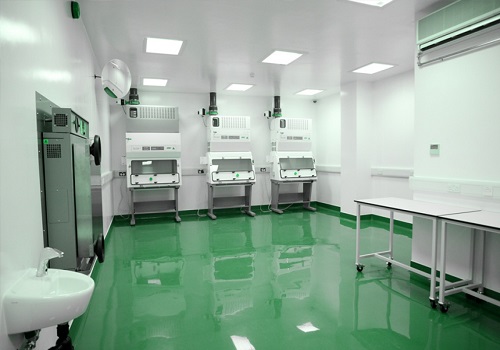The four basic components of a cleanroom are:
- Environmental Controls: Cleanrooms are equipped with specialized HVAC (Heating, Ventilation, and Air Conditioning) systems that provide precise control over temperature, humidity, and airflow. These systems ensure that the cleanroom maintains the desired environmental conditions and prevents the entry of contaminants from outside.
- Filtration Systems: Cleanrooms employ high-efficiency particulate air (HEPA) filters or ultra-low particulate air (ULPA) filters to remove airborne particles from the incoming air supply. These filters can remove particles as small as 0.3 micrometers, ensuring a high level of cleanliness within the cleanroom.
- Contamination Control: Cleanrooms have various measures in place to control and minimize the generation and accumulation of contaminants. This includes the use of specialized clothing such as cleanroom garments, gloves, masks, and shoe covers to prevent the introduction of particles from human sources. Cleanroom furniture, equipment, and materials are also designed to minimize particle generation.
- Monitoring and Testing: Cleanrooms are equipped with monitoring systems to continuously monitor and control the environmental conditions. This includes particle counters to measure and monitor the particle concentration in the air, as well as sensors for temperature, humidity, and pressure differentials. Regular testing and validation of the cleanroom's performance are conducted to ensure compliance with cleanliness standards.
These components work together to create and maintain a controlled environment that meets the specific cleanliness requirements of the cleanroom, ensuring the protection of sensitive processes, products, or experiments from contamination.







 (2).png)
.png)


 (1).png)
.png)